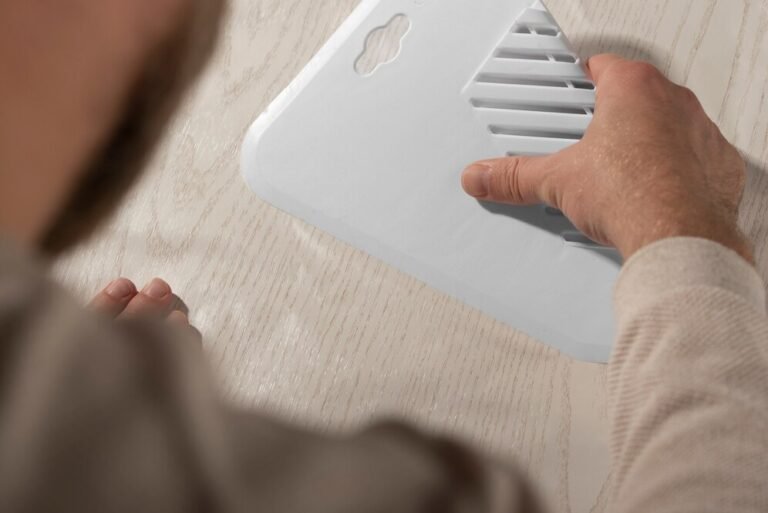Understanding Mechanical Aeration
Mechanical aeration, a vital process for maintaining healthy and vibrant lawns, involves perforating the soil with small holes to allow air, water, and nutrients to penetrate the grass roots. This helps the roots grow deeply and produce a stronger, more vigorous lawn. The main reason for aeration is to alleviate soil compaction. Compacted soils have too many solid particles in a specific volume or space, which prevents the proper circulation of air, water, and nutrients within the soil.
The Necessity of Aeration
Why Aerate?
Grass in high-traffic areas, such as parks and sports fields, often suffers from soil compaction. Similarly, the first few inches of soil can become compacted over time in suburban lawns, particularly those with heavy clay content. A compacted lawn does not allow grass roots to breathe, leading to a lawn susceptible to drought stress and having poor nutrient uptake. Aeration can significantly improve the soil environment and root zone, crucial for a healthy lawn.
Optimal Timing for Aeration
The best time to aerate your lawn depends on the type of grass. Cool-season grasses, such as ryegrass and bluegrass, benefit most from aeration in the early spring or fall. In contrast, warm-season grasses, like Bermuda and zoysia, are best aerated in late spring or early summer. Aeration should ideally occur when the grass is in its peak growing phase so it can recover quickly and fill any open areas after soil plugs are removed.
How Mechanical Aeration Works
The Process Explained
During mechanical aeration, a machine known as an aerator removes soil plugs from the lawn to create openings in the soil. The size and pattern of the holes made by the aerator are designed to optimise nutrient absorption and root growth. The removed soil plugs are usually left on the lawn, where they gradually break down and help nourish the soil as it decomposes.
Types of Aerators
There are several mechanical aerators, including spike and plug aerators. Spike aerators poke holes in the ground with a solid tine, or spike, which can sometimes further compact the soil around the holes. Plug aerators, on the other hand, remove a core or plug of grass and soil from the lawn. This type of aeration is generally more effective at reducing soil compaction and enhancing the flow of air, water, and nutrients.
Benefits of Mechanical Aeration
Improved Air Exchange
The primary benefit of aeration is the improved air exchange between the soil and the atmosphere. This increased airflow provides the roots with the oxygen they need to grow and thrive, which is essential for the overall health of the lawn.
Enhanced Water Uptake
Aeration improves water absorption by breaking up compacted soil. The aerator’s channels allow water to penetrate deeper into the ground, reaching the root zone where it is most needed. This can be particularly beneficial during periods of drought.
Better Nutrient Absorption
Aeration also improves fertiliser uptake and use. The holes allow nutrients to penetrate deeper into the soil to the grassroots. This can help you make the most of your fertiliser investment by reducing runoff and increasing efficiency.
Stronger Root Systems
One of the most significant benefits of mechanical aeration is the development of more robust root systems. Aeration gives roots the room to expand, strengthens them, and can lead to a more lush and resilient lawn.
Thatch Reduction
Thatch, a layer of dead and living plant material accumulating on a lawn’s surface, can be problematic if it becomes too thick. It can block water, air, and nutrients from reaching the soil. Aeration helps control thatch buildup by incorporating soil into the thatch layer, which helps decompose it more quickly.
Use of an Aerator for Lawn Care
Incorporating an aerator for lawn care is essential in achieving a healthy and aesthetically pleasing lawn. Regular use of an aerator can alleviate many common lawn problems caused by compacted soil and promote a vibrant, lush garden.
Conclusion
Mechanical aeration is a crucial maintenance practice for any lawn care regimen. It rejuvenates lawns by ensuring the soil is not compacted, promoting a healthy growth environment for the grassroots. Regular aeration can help prevent problems before they start, maintaining your lawn’s beauty and health. So, if you want a lawn that looks great and is healthier and easier to maintain, consider mechanical aeration as a critical component of your lawn care strategy.













+ There are no comments
Add yours